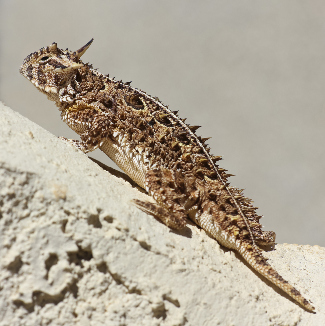In southern Harris County, in the southeast of Houston, lies South Houston. Bordered by the city of Pasadena and the city of Houston, South-Houston is a part of the larger Houston-The Woodlands-Sugar Land metropolitan area. As of the 2010 census, the population of the city was 16,983. It is one of the largest cities in the Harris County. The median household income is $53,086.
In the early 1950s, George Christy was elected mayor of South Houston, a town that had rapidly grown over the years. It attracted manufacturers of asphalt, concrete conduits, and wire products to the area, which eventually surpassed Houston as the largest city in the area. In 1960, there were about 7,500 people living in South, but by 1980, its population had risen to 11,782. Today, it is an affluent, diverse community with many businesses and a lively nightlife.
In the 1920s, South Houston Texas’ population increased from seven hundred and fifty to more than eleven thousand. As of the 2010 census, there were 303 businesses in the area. The population grew by more than four percent from the previous census. In 1970, the area’s population was 10,762. In 1980, the city had grown to a population of 11,783 people. The South Houston area has a history of thriving communities.
![]()
Stand With The Natives – Share Our Millions
Click Here
![]()
The city has a population of 17,438 people. Its sex offender rate is 822 to 1, lower than the state’s average. Its median resident age is 35.1 years old, and the median gross rent is $890. As of 2010, the city has a population density of 5,651 people per square mile. However, the population of South Houston is declining. The area is home to a large number of residents.
A list of nearby cities is an excellent way to plan a road trip. You may want to visit the Battleship Texas State Historic Site, where the Texans won the battle against Mexico. In addition to the Battleship Texas, there are several other attractions in South Houston. The Museum of Fine Arts and the 1940 Air Terminal are two museums in the area. The San Jacinto Monument is a must-see for tourists. The Armand Bayou Nature  Center offers hiking and wildlife viewing.
Center offers hiking and wildlife viewing.
In 1880, the area was primarily agricultural, but later industrial production led to the development of various manufacturing industries inland. In 1907, the town was incorporated as South Houston, a suburb of Houston. Its population increased from 723 people to nearly 15,000 people in the 1960s. The city borders the cities of Pasadena and Sugar Land. The region was annexed by Houston in 1961. It is now part of the Greater Houston metropolitan area.
As of the 2010 census, the population of South Houston was 17,438. The population of South-Houston is growing faster than the rest of the country. The area also includes nine counties in the Southeast. Its median income was $11,200. In contrast, the city of South-Houston is now one of the largest cities in the United States.
According to the 2000 census, the city’s population was 62,600 people. The median income for a household in South Houston, Texas was $40,700. The average household size was 3.86 people, and a third of the population was 65 and older. The city was home to approximately 3,000 businesses.
As of the 2010 census, the population of South Houston was 16,983. It was 14.7% smaller than the city’s population in 1990. It is home to several popular attractions, including the Lyndon B. Johnson Space Center and the San Jacinto battleground. Despite its small size, residents enjoy a high standard of living and a variety of amenities. These amenities make it an ideal location for any type of vacation, business, or relocation.
While the number of fires per capita is higher than the national average, it’s still lower than the state average. Its black population is significantly higher than the state average and the percentage of foreign-born residents is significantly lower than the cities. However, the city’s median house value is higher than the state average. While the area is considered relatively safe, fires are a serious concern.
![]()
Please Share Native Texan on Social Media
Learn Why You Should Subscribe


